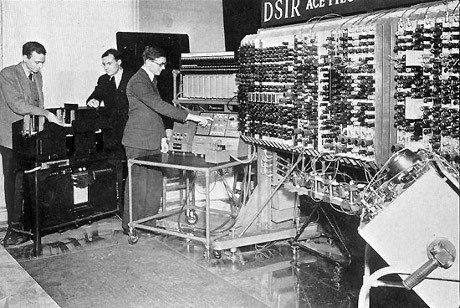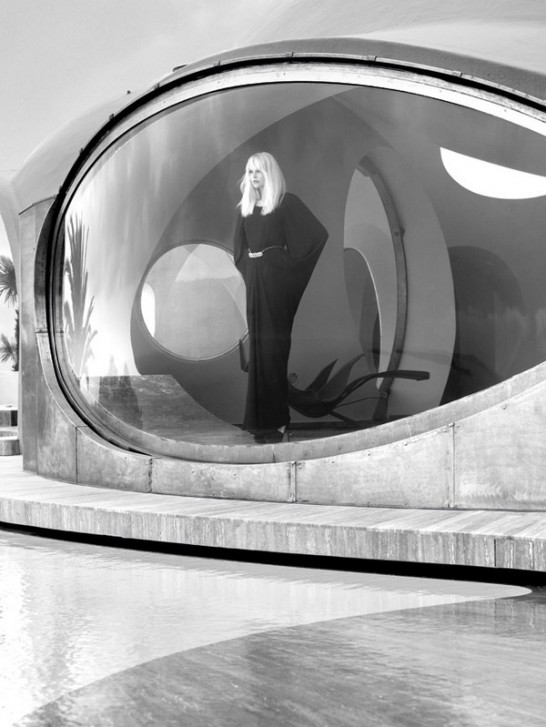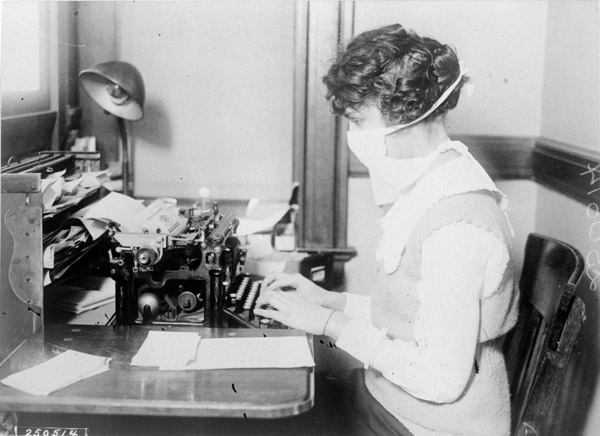From Swiss sociologist Dirk Helbing’s Edge essay,”A New Kind Of Socio-Inspired Technology,” a passage about our stunning level of connectivity:
“Our future information society will be characterized by computers that behave like humans in many respects. In ten years from now, we will have computers as powerful as our brain, and that will really fundamentally change society. Many professional jobs will be done much better by computers. How will that change society? How will that change business? What impacts does that have for science, actually?
There are two big global trends. One is big data. That means in the next ten years we’ll produce as many data, or even more data than in the past 1,000 years. The other trend is hyperconnectivity. That means we have networking our world going on at a rapid pace; we’re creating an Internet of things. So everyone is talking to everyone else, and everything becomes interdependent. What are the implications of that? Well, first of all, of course, we have wonderful new gadgets like Facebook, for example, so we can network with each other. We have new services, new opportunities, and that is just fantastic.
But on the other hand, it turns out that we are, at the same time, creating highways for disaster spreading. We see many extreme events, we see problems such as the flash crash, or also the financial crisis. That is related to the fact that we have interconnected everything. In some sense, we have created unstable systems. We can show that many of the global trends that we are seeing at the moment, like increasing connectivity, increase in the speed, increase in complexity, are very good in the beginning, but (and this is kind of surprising) there is a turning point and that turning point can turn into a tipping point that makes the systems shift in an unknown way.”



















